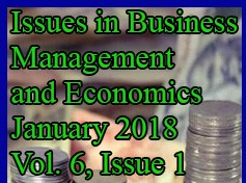 Abstract
Abstract
The aim of this article is to demonstrate that in Mexico, the growth strategy that is based on the export-led growth hypothesis and the policy to control inflation through the well-known inflation-targeting regime are incompatible. In fact, both become the external and internal restriction of growth, respectively. From the construction of a simple model of four equations inspired by Kalecki’s ideas, we discuss the effectiveness of these two strategies in the Mexican economy, while also using a graphical analysis based on official statistics. Our key findings show that this incompatibility arises because an increase in exports requires a competitive exchange rate, and the import of inputs- which represent over 70% of the raw material used in the production of export goods- has inflationary effects. We also point out that the key to solving this dilemma is in the real wage, which until now has remained constrained, contributing to the internal restriction of growth.